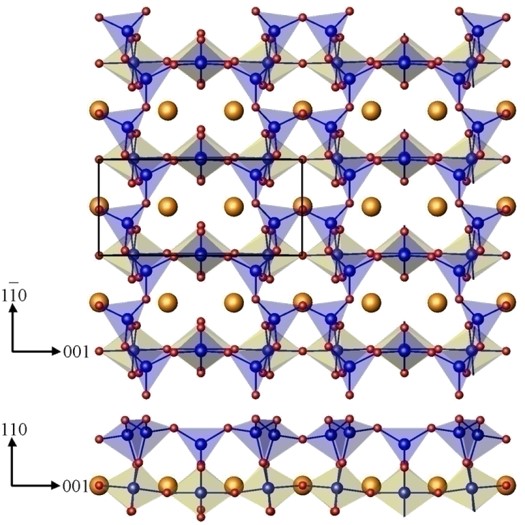Wolfgang Pauli

Oxide Surfaces
The aim of our work is to explore the fundamentals of why certain types of oxide surfaces form, others do not, so we can start to design them for applications ranging from microelectronics through catalysis.
Oxides are ubiquitous as they are present on earth and in every soil and sediment as well as in aerosols, aquatic biota, and waste streams. They come from a variety of sources, both natural and anthropogenic. The atomic structure of their surfaces is critical for a range of both technological applications and scientific focus, from thin film growth to heterogeneous catalysis. We analyze them both at the nanoscale, and on more mesoscale materials.
For most bulk oxides the crystal structures are well established, and for many systems the thermodynamics are well documented from experiments and theoretical calculations. At the surface much less is understood. While one can easily perform theoretical calculations on simple bulk-like (e.g. 1x1) terminations, the actual thermodynamically stable surface and/or experimentally observed structures are often larger and more complicated. Until these surface structures have been unambiguously experimentally determined, the problem can be confused. Even for such a simple system as the (100) surface of the archetypal perovskite strontium titanate, there are at least six different experimentally determined surface reconstructions in addition to the simple 1x1 bulk terminations. Not all of these structures have yet been solved at the atomic level, and to date there is not convincing agreement between experimental observations and theoretical analyses as to which surface structures should be stable under what conditions.
Related Presentations:
Recent Publications:
-
Surface Determination through Atomically Resolved Secondary-Electron Imaging
J. Ciston, H. G. Brown, A.J. D'Alfonso, P. Koirala, C. Ophus, Y. Lin, Y. Suzuki, H. Inada, Y. Zhu, L.J. Allen and L. D. Marks
Nat. Comm. DOI: 10.1038/ncomms8358
-
Transition from Order to Configurational Disorder for Surface Reconstructions on SrTiO3(111)
L. D. Marks, A. N. Chiaramonti, S. U. Rahman, and M. R. Castell
Phys. Rev. Let., 2015, 114, 226101
-
Imaging the Atomic Surface Structures of CeO2 Nanoparticles
Lin, Y., Z. Wu, J. Wen, S.H. Overbury, K.R. Poeppelmeier, and L.D. Marks
Nano Letters, 2014, 14(1), 191-196
-
A chemical approach to understanding oxide surfaces
J. A. Enterkin, A. E. Becerra-Toledo, K. R. Poeppelmeier, and L. D. Marks
Surface Science 606 (2012) 344
-
Surface and Defect Structure of Oxide Nanowires on SrTiO3
M. S. J. Marshall, A. E. Becerra-Toledo, L. D. Marks and M. R. Castell
Physical Review Letters 107 (2011) 086102
-
Vacant-Site Octahedral Tilings on SrTiO3 (001), the (sqrt(13)xsqrt(13))R33.7 Surface, and Related Structures
D. M. Kienzle, A. E. Becerra-Toledo and L. D. Marks
Physical Review Letters 106 (2011) 176102
-
A homologous series of structures on the surface of SrTiO3(110)
J.A. Enterkin, A.K. Subramanian, B.C. Russell, M.R. Castell, K.R. Poeppelmeier and L.D. Marks
Nature Materials 9 (2010) 245.
